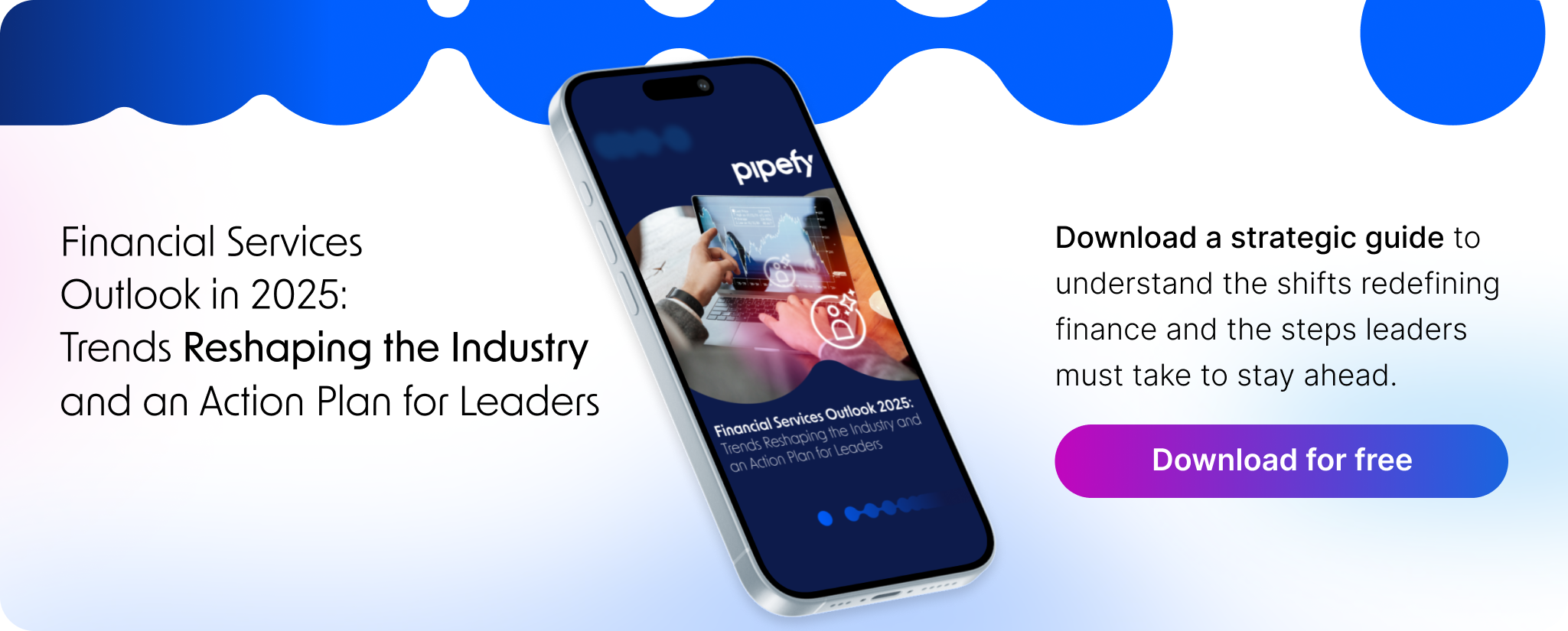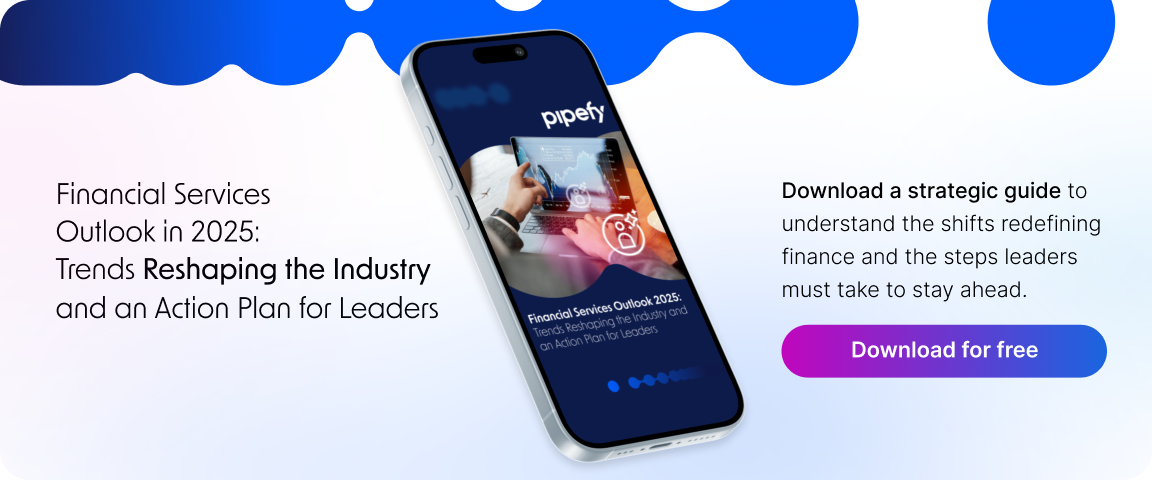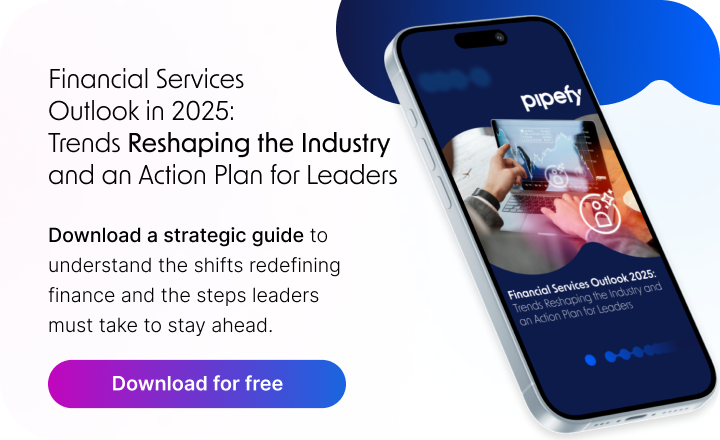
Whether we refer to it as it “people operations” or “HR,” the point of human resources work is to take care of people. HRM automation is a tool that helps us do that.
For talent acquisition teams, that means finding and recruiting individuals who fit the job description and the company culture. Our teammates in HR ensure that we have everything we need to succeed, including equipment, skills, and adequate compensation. Often their most important work is helping us navigate professional (and sometimes very personal) transitions.
Build better employee experiences with the Field Guide to HR Workflow Management
In terms of strategy, how well HR teams take care of people plays a critical role in overall business success. Metrics such as job satisfaction, employee engagement, retention, turnover, and employee experience impact bottom lines and employer brand. Team performance is determined by the health and happiness of individuals, as well as by the relationships and personality dynamics of employees that make up the team.
As one writer puts it: “At the core of their work, human resource managers are responsible for the people within an organization, which tend to be some of the most valuable assets that that organization has.” (Miller, Northeastern University). In other words, human resources plays a vital role in overall business success by caring for and nurturing the growth of its most important investment: its employees.
One tactic HR teams increasingly use to improve employee experiences and build stronger relationships is HRM automation.
People-focused automation
It might sound counterintuitive to think of automation as a means to making something more human.
For some of us, the first thing that may come to mind when we hear the term “automation” is a robot or perhaps concerns about job displacement. Too often automation is seen as a means to a single end: amplifying profits though greater efficiency. But this perspective sells automation short of its true potential. To understand the full promise of automation, we need to look at the concept of “human-centered automation.”
The purpose behind human-centric automation is to make work (and life) better for people. This is possible because automation unburdens us from tiresome, repetitive activities so that we have more time for the activities and relationships that hold meaning for us.
There are a few definitions of “human-centered automation” that may be helpful here. The International Organization for Standardization (ISO) emphasizes automation’s capacity to “improve human well-being, user satisfaction, and sustainability.” Automation expert and writer Mike Cooley argues that human-centered automation is about a “symbiotic relationship” between humans and machines in which machines handle “quantitative elements” of work (such as data entry) so that humans are free to focus on more important qualitative work, such as decision making and creative thinking.
Finally, automation researcher Christine Mitchell writes that the point of human-centered automation is to “enhance the capabilities and compensate for the limitations of human operators.”
Each of these definitions point to two important insights: 1) automation should complement — not compete — with human activity, and 2) the purpose of automation is to help people.
Automation in HR
The workflows that People Ops teams and HR departments manage are some of the most critical and complex in any business. These include activities such as talent acquisition and employee onboarding, dispute resolution, HR service delivery, and ongoing professional development.
Every HR workflow requires two types of activities: those that need to be done by a person (interviews, one-on-ones, problem-solving, performance reviews) and those that do not require human input (data capture and entry, routine communications, document generation).
This leads to a simple truth: the more time HR teams spend on these repetitive and lower priority tasks, the less time they have for more meaningful work. The kind of work that improves employee experiences and drives overall business performance. HR automation rebalances the scales so that we spend more time helping people, and less time managing processes.
In addition to unlocking more time to care for employees, HRM automation also improves employee experiences by delivering more consistency across processes, greater transparency in request management, and faster, more accurate outcomes for a variety of workflows. HRM automation also opens the door to self-service features that give employees a better sense of control, visibility, and access.
Automation helps people operations teams and HR professionals by redistributing their workloads so they have more for time meaningful work: more face time with candidates, greater availability for crisis management, and more opportunities to deliver HR insights to the leadership table.
The purpose of HR automation is to change the time equation. It shifts our focus from tactical to strategic, from task management to talent, and from processes to people. In doing so, it helps us emphasize the human aspect of HR.










